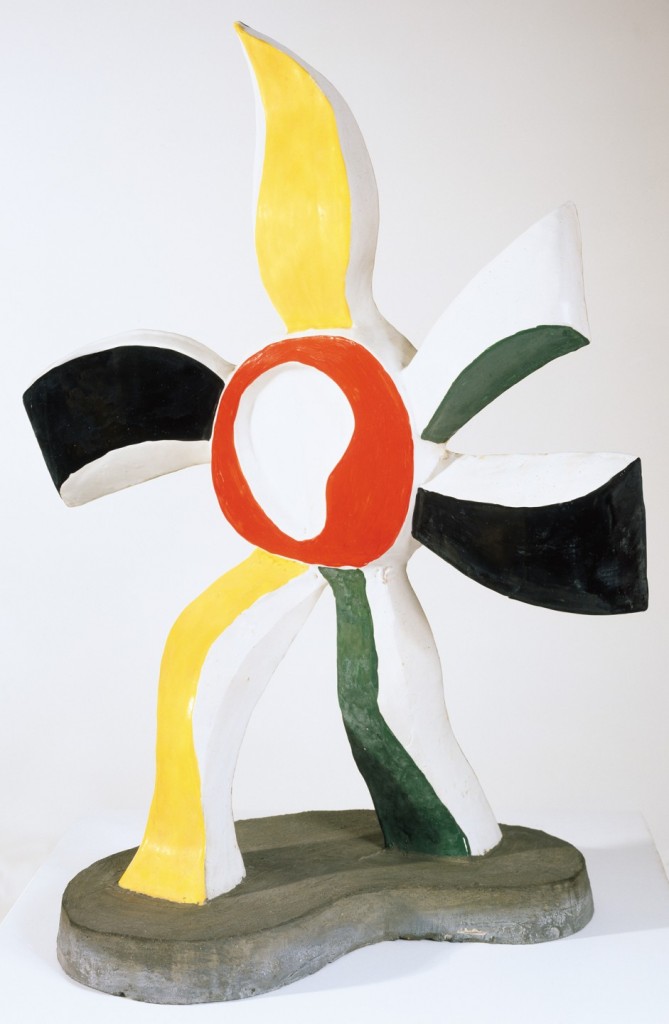Supporters of the Detroit Institute of Arts have been celebrating for almost a week now–it was last Friday that the court ruled in favor of the Grand Bargain, which buys freedom for the DIA. But with a catch: the museum still has to raise more than $10 million to reach its $100 million mandated contribution to the deal. And then it must raise about $300 million over the next eight or so years for its endowment, to replace the money it is receiving from the millage tax–which ends after 10 years from its inception.
 Plus, it always has to raise something on the order of $8 million a year for operations to balance the budget.
Plus, it always has to raise something on the order of $8 million a year for operations to balance the budget.
At this stage, every little bit helps. Last Saturday, according to the Detroit Free Press, the museum rejoiced in the fact its (accidentally) well-timed celebratory gala raised more than $1 million. That’s its largest annual fundraising event.
Which got me thinking. Michigan is wealthy, and there is still more money to tap there. But the support from national foundations, some–like the Getty–with no connection to Detroit, highlighted the fact that the DIA is more than a Detroit institution. With its fantastic collection, it’s a national treasure.
Wouldn’t a joint effort by artists and artists’ foundations be a headline-grabbing move that might inspire others beyond Michigan’s borders?
I found this list of the world’s 15 richest artists (I cannot verify it accuracy; in fact, I think it may be missing people like James Turrell)–their fortunes range from $1 billion (for Damian Hirst) to $20 million )for Georg Baselitz). It is true that the DIA’s contemporary art collection isn’t full of their works; it’s a universal museum. But,as I said, every little but helps now and the donor circle must widen.
Artists’ foundations may be even more helpful, if they wanted to be. In 2011, in The Art Newspaper, András Szántó called them “a sleeping giant of philanthropy.” There were, he said, about 300 at the time with $2.7 billion in assets.
I know that many artists are generous–frequently donating works of art for auction, for example, and to museums. Some are regular donors in other ways; Alex Katz, for example, gives artworks by contemporary artists to museums or money to buy such works, I’m told.
It seems to me that a joint gesture by artists and artists’ foundations, following the lead of the foundations in the Grand Bargain, would be an inspiration that could have a ripple effect, perhaps even to the collectors who this week have proven that they have plenty of capacity to help out a national treasure.





